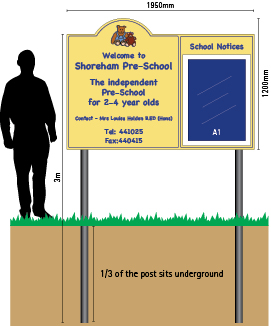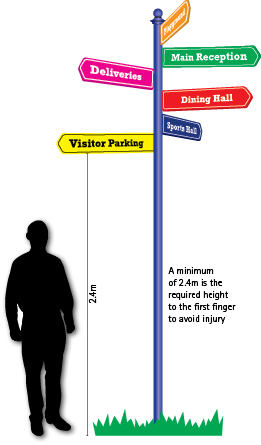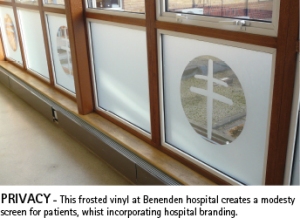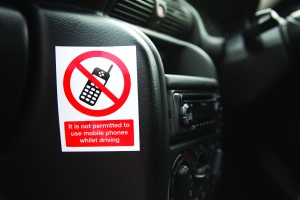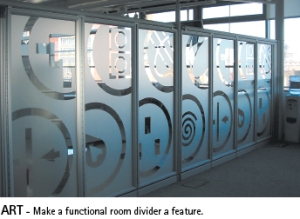With the wintry weather set to continue for a few weeks yet, it’s time to take extra safety precautions. The councils do their best to grit and salt our roads, to protect road users as best they can. But what happens at the travellers’ destinations? Many road users are on their way to work and schools, where they encounter private roads, driveways and car parks, all outside the councils jurisdiction. It is here in these close to home places where most accidents occur and quite often these are the same places that do not get the safety treatment they deserve.
Don’t let your premises, car park or pathways add to this winter’s accident statistics. Clear car parks and pathways of ice and snow, and regularly grit with salt to stop them re-freezing. When clearing snow ensure you have the right tools. A Snow pusher is lightweight and has a bi-directional blade making clearing of large areas quick and efficient. Products such as Ice Melt will clear icy patches quickly, with no damage to carpets, floors or plants.
Once staff and visitors are inside your premises the hazard doesn’t stop, floors in receptions, entry points and non carpeted corridors become slippery even with relatively low footfall levels. Make sure these trouble spots are regularly mopped, adequate door matting is available and a suitable “slippery surface sign” is used to warn people of the potential dangers.
Winter Hazard Zones Check List
- Grit all car parks.
- Ensure all external paths are cleared and regularly gritted.
- Areas with high footfall such as entrances and smoking shelters, need extra attention.
- Hall ways, entrance lobbies and receptions will become wet and slippery, ensure areas are mopped regularly and “slips, trips and falls signs” are displayed.
- Check stocks of salt and grit.
- Install speed limit signs in large car parks and driveways.
